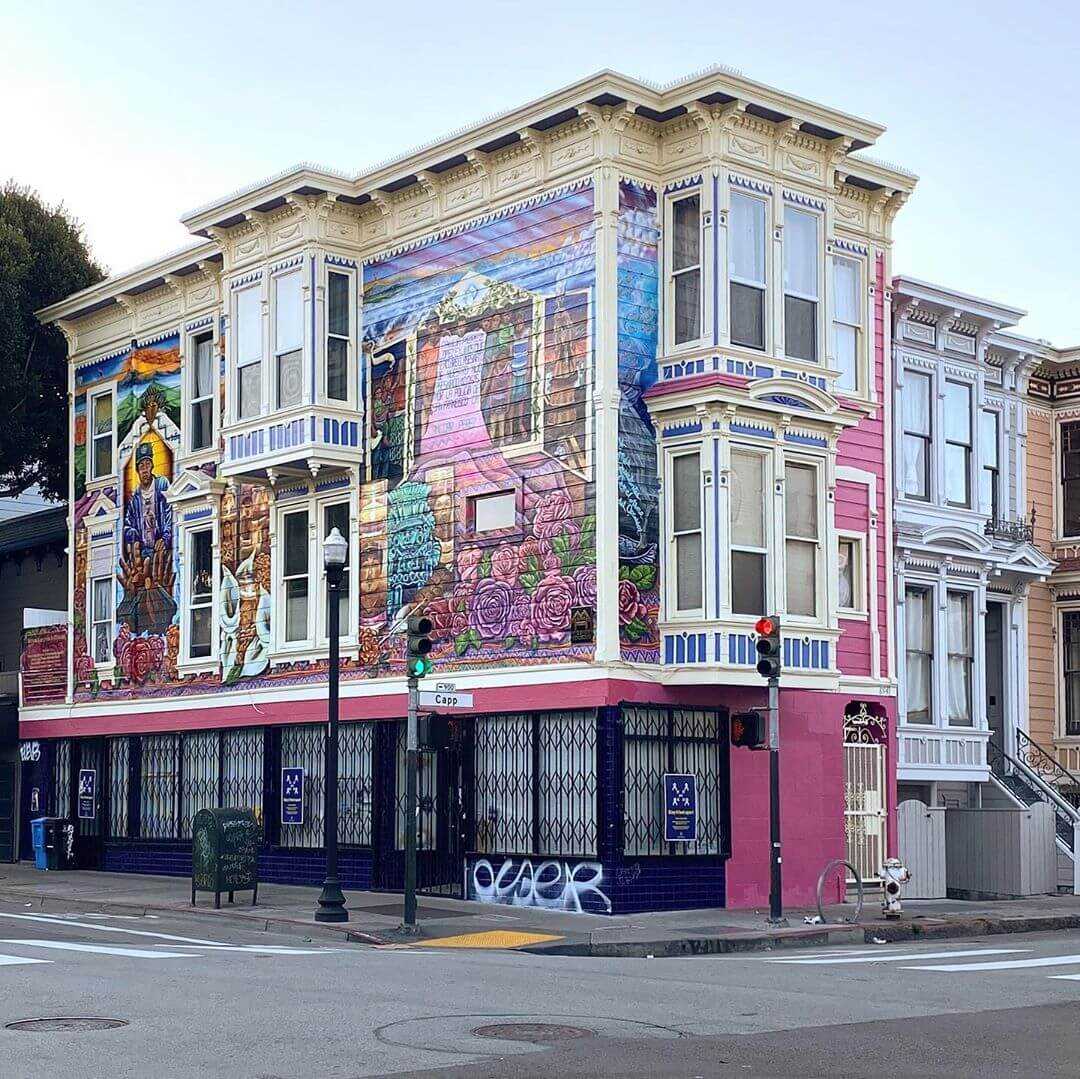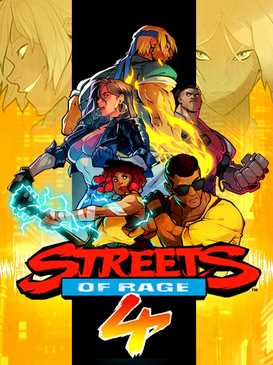The Mission District in San Francisco is well known for its vibrant and ever-changing street art scene. Artists from all over the world come to this neighborhood to showcase their talents and leave their mark on the city’s walls. From colorful murals to thought-provoking graffiti, the Mission District is a haven for art lovers and a testament to the power of self-expression.
Walking through the streets of the Mission District feels like stepping into an open-air gallery. Every corner, every wall tells a story, capturing the spirit and diversity of the community. The artwork reflects the neighborhood’s rich cultural heritage and serves as a platform for social and political commentary.
One of the most striking aspects of Mission District street art is its ability to constantly evolve. Every day, new pieces emerge while old ones fade away, creating an ever-changing urban canvas. This dynamic nature of the art form draws visitors from near and far, as they never know what they will discover around the next corner.
The Mission District in San Francisco is known for its vibrant and diverse street art scene. Walking through the neighborhood, one can’t help but be struck by the colorful and intricate murals that adorn the walls.
Artists from all over the world come to the Mission District to leave their mark on the walls, and the result is a stunning display of creativity and expression. The art ranges from vibrant, larger-than-life portraits of influential figures to abstract and thought-provoking pieces.
The Evolution of Street Art in the Mission District
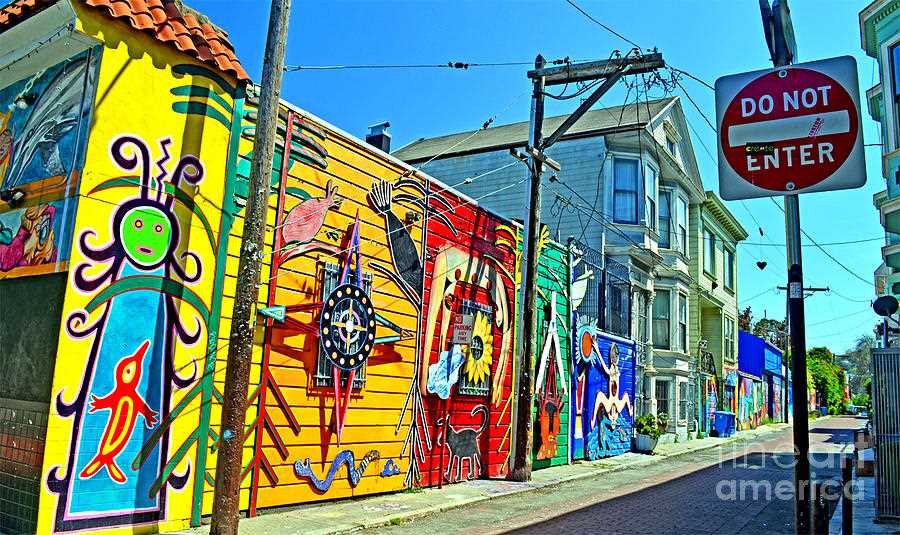
The Mission District has a long history of street art, dating back to the 1970s when the Chicano mural movement began. The murals served as a way for the community to express its identity and celebrate its culture. Over the years, the art scene in the neighborhood has evolved, with new styles and techniques constantly emerging.
Today, the Mission District is home to a mix of traditional muralism and contemporary street art. Artists use a variety of mediums, including spray paint, stencils, and wheatpaste, to create their pieces. The art often reflects the social and political issues of the neighborhood, such as gentrification and immigration.
Exploring the Street Art Scene
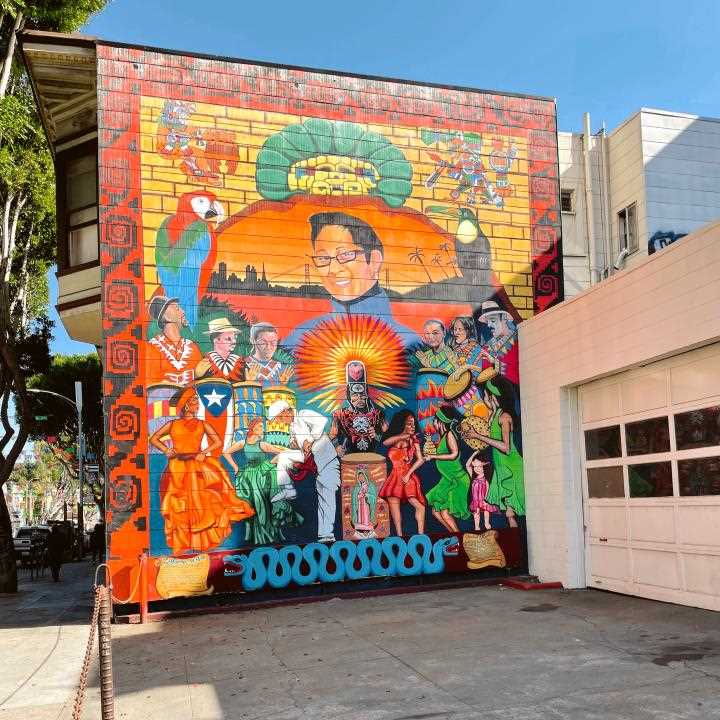
There are several ways to explore the street art of the Mission District. One option is to take a guided tour, where knowledgeable locals can provide insight into the history and meaning behind the artwork. Another option is to simply wander through the streets, allowing the murals to reveal themselves one by one.
While some art is concentrated in certain areas, such as Clarion Alley and Balmy Alley, there are hidden gems to be discovered throughout the neighborhood. It’s always an adventure to stumble upon a new mural and see the world through the artist’s eyes.
The street art of the Mission District is a testament to the neighborhood’s rich history and vibrant culture. It serves as a form of self-expression and a visual representation of the community’s values and struggles. Whether you’re an art lover or simply curious, a visit to the Mission District is sure to leave you inspired and in awe of the talent on display.
The Cultural Significance of Street Art
Street art has emerged as a powerful medium for self-expression and a reflection of the diverse cultures that inhabit urban environments. It serves as a dynamic form of artistic expression that challenges traditional notions of art and encourages dialogue and engagement among communities.
Unfiltered Personal Expression

Street art provides a platform for individuals to express their ideas, emotions, and perspectives freely. Artists use public spaces as their canvas and create visually stunning artworks that reflect their unique identities. This unfiltered personal expression allows artists to share their stories and create a connection with their audience.
Moreover, street art often addresses social, political, and cultural issues that resonate with a larger audience. It serves as a powerful tool to raise awareness about topics such as inequality, gentrification, and human rights. Through their art, street artists transform ordinary spaces into thought-provoking and visually captivating environments.
Transforming Urban Spaces
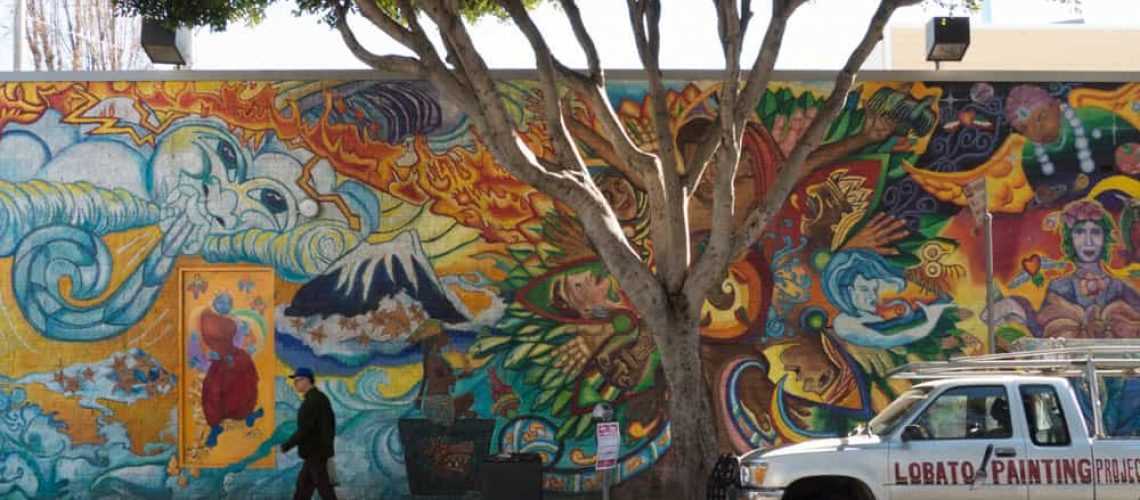
Street art has the power to transform neglected and uninteresting urban areas into vibrant and visually appealing spaces. It adds color and character to otherwise dull environments and creates a sense of identity and belonging for the local communities.
By reclaiming public spaces with their art, street artists challenge the notion that art is only meant to be displayed in traditional galleries or museums. Instead, they bring art to the streets, making it accessible to everyone, regardless of their socioeconomic status or cultural background.
Street art also encourages interaction and engagement among community members. People are inspired to explore their surroundings, discover new artworks, and engage in conversations with one another. This fosters a sense of community and builds connections that transcend traditional boundaries.
The Creativity Behind the Graffiti
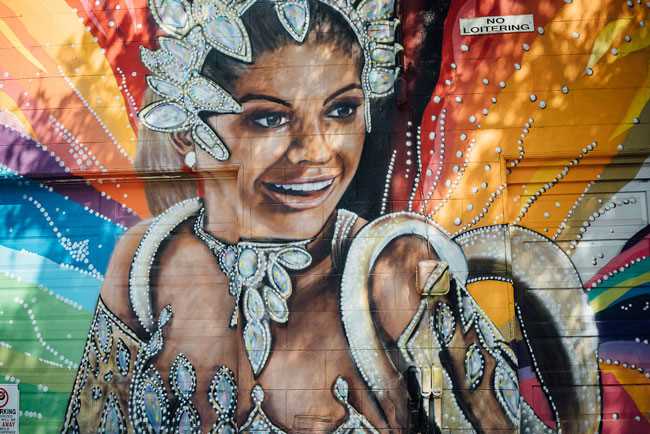
Graffiti is often seen as an act of vandalism, but in the Mission District, it is celebrated as a form of art. The vibrant and colorful murals that adorn the streets of this neighborhood are a testament to the creativity and talent of the artists who create them.
These artists use spray paint and other materials to transform blank walls into works of art. They employ a variety of techniques, from stenciling to freehand painting, to achieve their desired effect. The result is a visually stunning display of creativity that adds life and character to the streets.
Exploring Identity and Culture
One of the most compelling aspects of the graffiti in the Mission District is its ability to explore and express themes of identity and culture. Many of the murals reflect the diverse heritage of the neighborhood, with depictions of Mexican and Central American traditions and symbols.
These works of art serve as a visual storytelling medium, capturing the history and struggles of the community. They provide a powerful means of representation for those whose voices may not otherwise be heard. Through graffiti, artists can reclaim public spaces and make their mark on the city.
The Social and Political Commentary
Graffiti has long been a medium for expressing social and political commentary, and the murals in the Mission District are no exception. Many of the pieces address issues such as gentrification, inequality, and the fight for social justice.
These artworks serve as a platform for dialogue and activism, drawing attention to important issues and sparking conversations. They challenge the status quo and provide a voice for the marginalized. The graffiti in the Mission District is not just about art; it is a form of protest and resistance.
Exploring the District’s Artistic District
The Mission District in San Francisco is known for its vibrant street art scene, making it a must-visit destination for art enthusiasts. Exploring the district’s artistic district is an immersive experience that allows visitors to appreciate the creativity and unique expression of local artists.
Diversity of Street Art
One of the striking aspects of the Mission District’s street art is its diversity. The art ranges from colorful murals to intricate stencil work, showcasing a wide range of artistic styles and techniques. Walking through the district, you’ll encounter an array of themes, including social justice, cultural heritage, and political commentary.
The district’s artistic district reflects the rich cultural diversity of San Francisco itself. Artists from different backgrounds and communities have come together to use their art as a means of self-expression and to tell their stories. This fusion of styles and perspectives creates a vibrant tapestry of street art that reflects the district’s unique identity.
Exploring the Streets
Wandering through the streets of the Mission District, you’ll discover hidden gems of street art at every turn. The murals adorning the sides of buildings and walls are not only visually striking but also serve as a form of storytelling. Each piece of street art has its own narrative, often conveying messages of social activism or community pride.
Don’t be surprised if you stumble upon a guided street art tour while exploring the district. These tours provide valuable insights into the history and significance of the art you’re seeing. They offer a deeper understanding of the district’s artistic district and the stories behind the murals.
Exploring the Mission District’s artistic district is not just about admiring the artwork–it’s also about immersing yourself in the local culture. The vibrant streets, lively music, and delicious food make for an unforgettable experience. The district’s artistic district serves as a vibrant cultural hub, connecting artists and communities through the powerful medium of street art.
The Role of Street Art in the Community
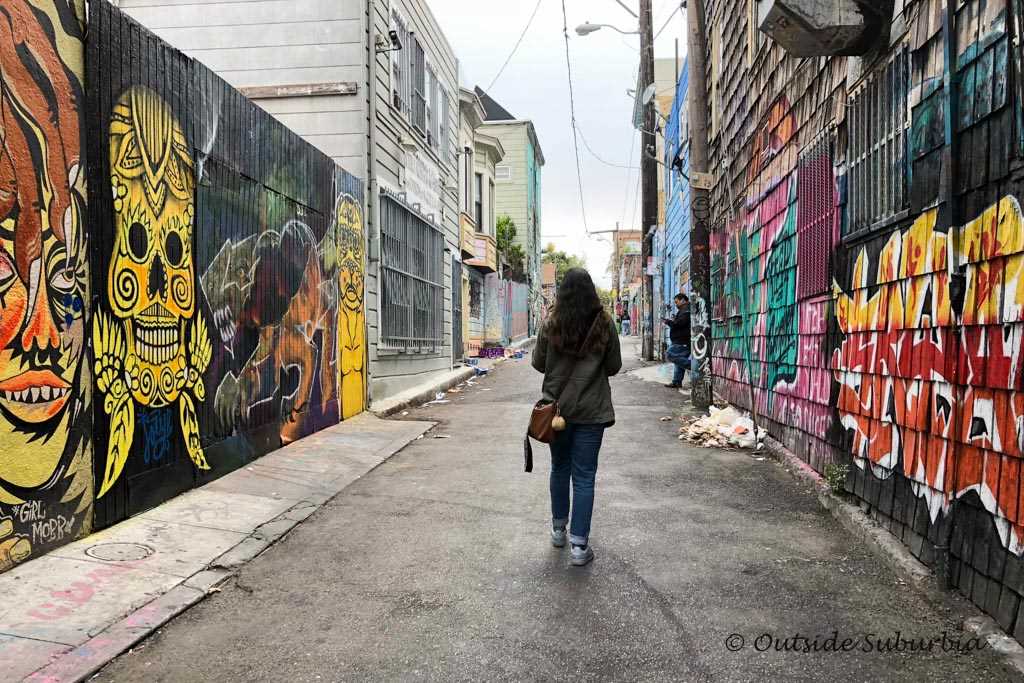
Street art plays a vital role in the Mission District community, serving as a form of expression, cultural preservation, and activism. This vibrant art form not only beautifies public spaces but also serves as a platform for social commentary and storytelling.
Expression and Creativity
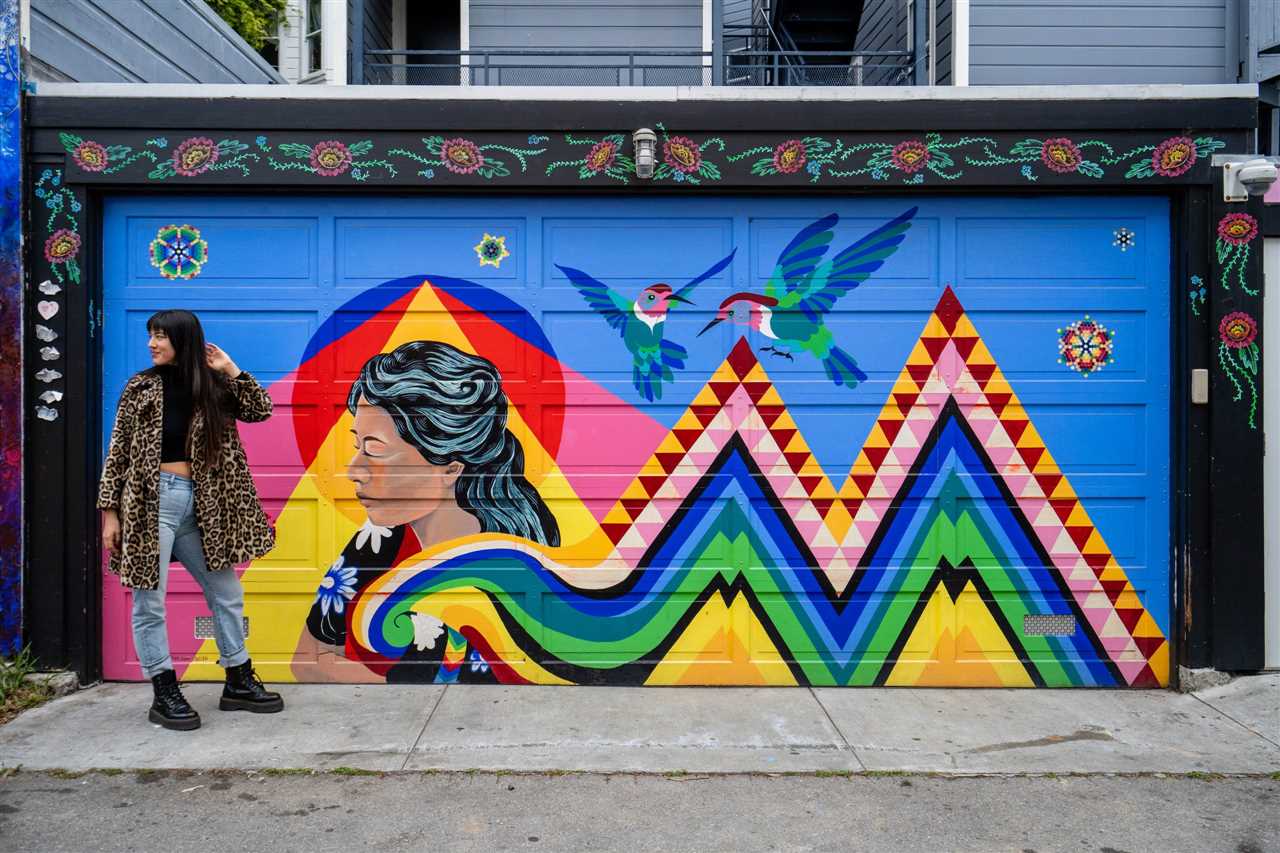
Street art provides artists with a unique opportunity to showcase their creativity and express themselves freely. The vibrant murals and graffiti found throughout the Mission District are a testament to the diverse range of artistic styles and techniques. Through their art, artists can share their personal experiences, thoughts, and emotions, allowing the community to connect on a deeper level.
Cultural Preservation
The Mission District has a rich history of cultural diversity, with vibrant Latino and immigrant communities. Street art plays a significant role in preserving and celebrating this cultural heritage. Many murals in the neighborhood depict scenes from Mexican folklore, pay homage to historical figures, or highlight the struggles and achievements of marginalized communities. By doing so, street art helps to maintain a sense of identity and community pride.
“The vibrant murals and graffiti found throughout the Mission District are a testament to the diverse range of artistic styles and techniques.”
Activism and Social Commentary
Street art often serves as a powerful tool for activism and social commentary. Artists use their work to address social issues such as gentrification, inequality, and police brutality. By creating thought-provoking pieces in public spaces, street artists can ignite conversations and raise awareness about these critical issues. Street art becomes a visual representation of the community’s concerns and aspirations, encouraging dialogue and fostering positive change.
The Evolution of Street Art in the Mission District
The Mission District in San Francisco is known for its vibrant street art scene. Over the years, the district has seen an evolution in the style and aesthetics of its street art, reflecting the changing culture and social issues of the neighborhood.
Street art in the Mission District first emerged in the 1970s, as a form of self-expression for marginalized communities in the area. Graffiti and murals became a way for artists to convey their thoughts and opinions on political and social issues, often addressing themes such as gentrification, immigration, and police brutality.
As the neighborhood underwent gentrification in the 1990s and early 2000s, the street art scene also began to change. New artists and styles emerged, incorporating elements of pop art, surrealism, and graphic design. The murals became more intricate and colorful, featuring a wide range of subjects, from historical figures to surreal landscapes.
The introduction of street art festivals and community initiatives also played a role in the evolution of street art in the Mission District. These events provided platforms for artists to showcase their work and collaborate with one another. It also helped to create a sense of unity within the community and emphasized the importance of street art as a form of cultural expression.
Today, the street art in the Mission District continues to evolve and adapt to the changing times. Artists are now utilizing new techniques and mediums, such as stencil art and wheatpaste posters. They are also incorporating more interactive and immersive elements, engaging with the viewers in a unique and thought-provoking way.
 |
 |
 |
 |
 |
 |
Whether it’s a large-scale mural or a small sticker on a lamppost, street art in the Mission District continues to make a bold statement. It serves as a visual representation of the neighborhood’s history, culture, and struggles. The evolution of street art in the Mission District is a testament to the power of art to ignite conversations, challenge norms, and unite communities.
Preserving and Appreciating Mission District Street Art
The Mission District of San Francisco is well-known for its vibrant street art scene. The neighborhood is filled with colorful murals and graffiti that showcase the creativity and cultural diversity of the community. Preserving and appreciating Mission District street art is essential to maintain the unique character of the neighborhood and honor the artists’ work.
1. Community Efforts

The community plays a vital role in preserving Mission District street art. Residents, local organizations, and businesses take pride in the artwork and actively work towards its preservation. Street art festivals and events are organized to celebrate and highlight the artists’ contributions.
Various community-driven initiatives, such as mural walks and guided tours, allow locals and visitors to explore the neighborhood’s street art and gain a deeper understanding of its cultural significance. These efforts not only raise awareness but also ensure that the artwork remains accessible to all.
2. Legal Protections
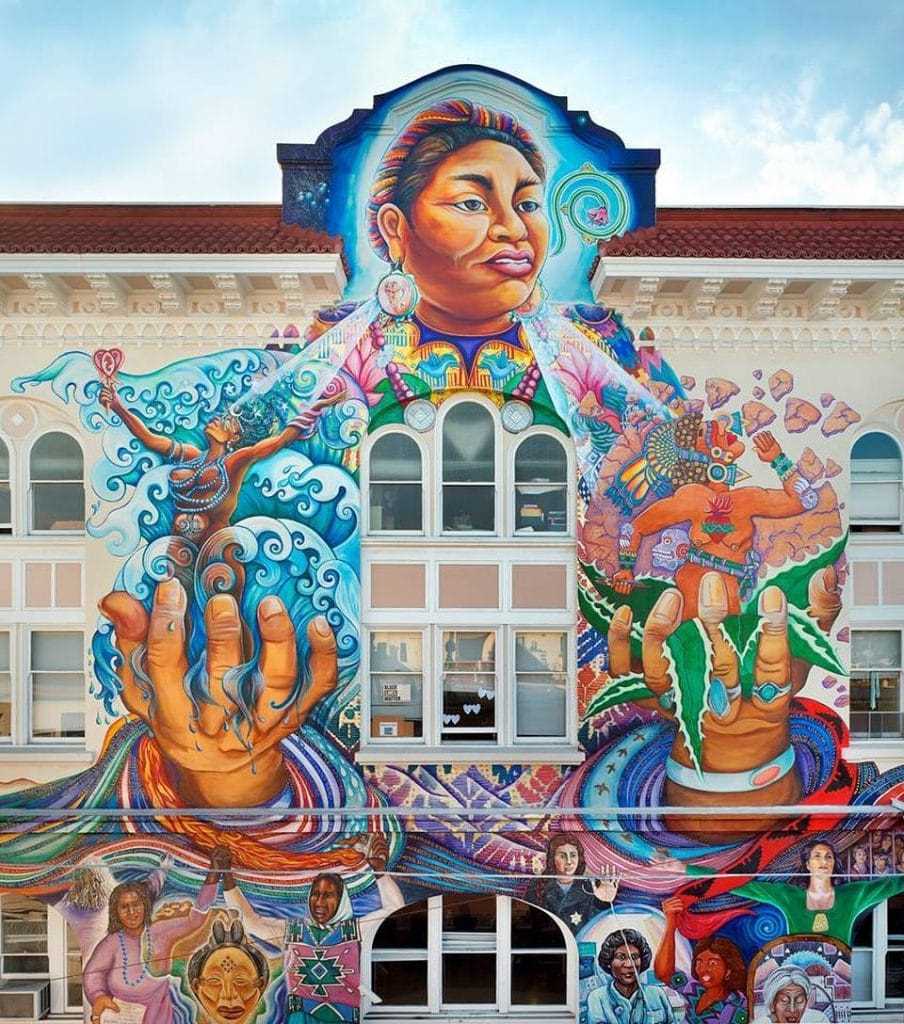
Recognizing the cultural value of Mission District street art, the city of San Francisco has implemented legal protections to safeguard the artwork. The San Francisco Planning Department created guidelines to prevent the destruction or alteration of significant murals without proper consultation.
Additionally, the Mission Street Art District was established to protect and promote street art in the neighborhood. This designation ensures that new developments consider the preservation and inclusion of street art in their plans.
3. Artistic Collaboration
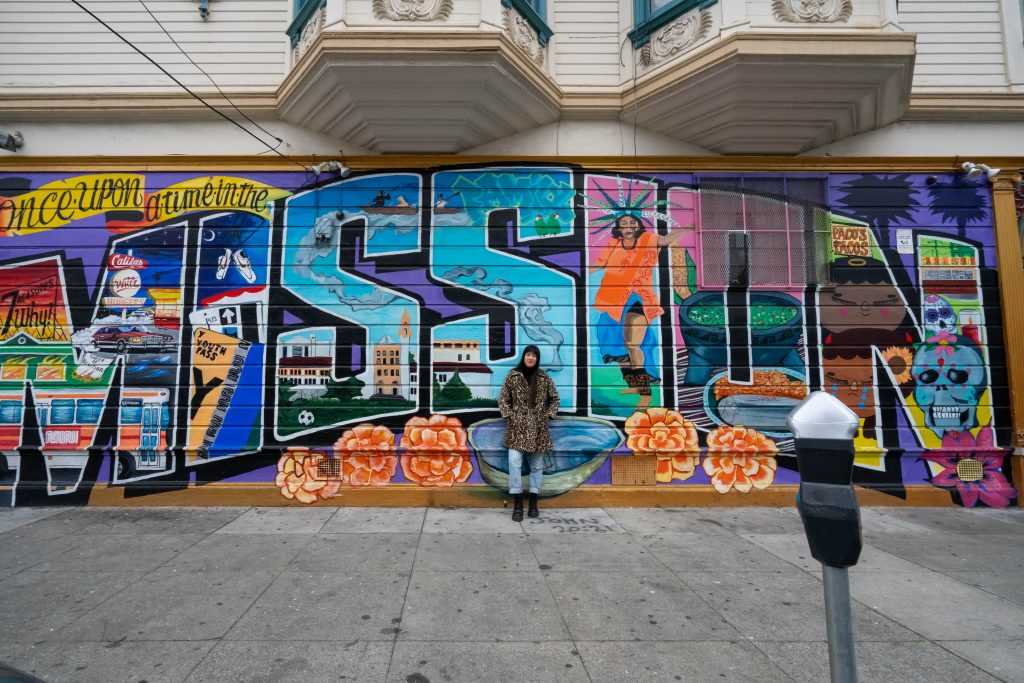
Mission District street art thrives on collaboration between artists and the community. Local artists often work together to create large-scale murals that reflect the neighborhood’s history, culture, and social issues. These collaborative efforts foster a sense of ownership and pride among both the artists and the community.
Artists from around the world are also invited to contribute to the street art scene in the Mission District. These international collaborations bring a fresh perspective and further enrich the diversity and creativity of the neighborhood’s street art.
By preserving and appreciating Mission District street art, we not only honor the artists but also ensure that the neighborhood remains a vibrant and welcoming place for both locals and visitors. The artwork is a reflection of the community’s identity and a celebration of its cultural heritage.

I am a mural enthusiast and a fervent admirer of street art. Rather than creating murals myself, I am passionate about collecting them. My love for street art knows no bounds. I am dedicated to curating and cherishing these artworks that grace the streets. My collection stands as a testament to my profound appreciation for this form of artistic expression.
read about me

